
Photo: Mia Wasilevich.
There are a lot of wild food foragers out there but few who really know what to do with nature’s bounty. The gastronomical and foraging team of Mia Wasilevich and Pascal Baudar are pushing the boundaries of food and foraging, teaching classes, putting on pop-up feasts and sharing their discoveries through a website, Wild Food Lab.
Kelly and I took a class from them last weekend (you can find out about the classes through the Los Angeles Wild Edibles and and Self Reliance Meetup) where, in the middle of a hot, dry field in Southern California they proved you can still find abundant and tasty edibles. At this time of year that food comes mostly in the form of seeds. Pascal and Mia created, on the spot, a weed seed power bar, mustard and a few other wild seed enhanced foods.
Not an LA local? The Wild Food Lab website will give you an idea of what this team is up to through recipes and techniques for common wild foods. I think my favorite recipe is also the simplest: how to prepare the ubiquitous broadleaf plantain (Plantago major).
Pascal gave me a couple of ideas for ways to enhance my bread experiments with seeds and wild herbs which I’m looking forward to trying.
Do you have a favorite wild food? Tell us where you live and what you like to gather and work with.
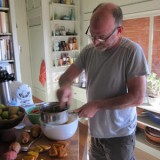
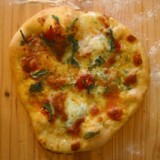
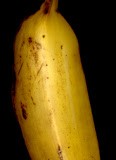
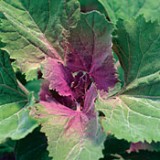
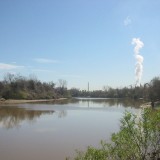
I don’t know if I have a ‘favorite’ but the ones I do gather are pretty ubiquitous and accessible. Being in a berrying and fruitful state, most common would be the blackcap raspberry (early July for us in Michigan) and I recently found a beach plum at the edge of a parking lot and need to recheck and see if there’s any fruit left for jam.
We get quite a bit of purslane and garlic mustard here and I know plenty of other ‘weeds’ are edible, I just don’t really know how to prepare them other than steaming or salads (plus I just avoid nettles, even tho’ edible). That’s interesting about the seeds; that’s something I haven’t considered yet, but will start looking around to see what’s here.
We have a lot of stinging nettles in our area so I collect them in the spring and dehydrate them. Through the year I can use them in almost anything where I want some more calcium, iron, and vitamins — sauces, soups, smoothies, etc. It makes good tea too.
The only wild thing I am able to collect is the wild strawberry. I had plenty all over the yard. But, I think the raccoon liked them, too.
When I was able to walk for a bit and over sort of rough grasses grown up, I collected plums and muscadine. Now, I just find pecan trees, pear trees, and crabapple on municipal and federal property.
There may be greens down below on the ground, but I don’t know much and cannot bend that far many times. I need lessons, not in bending, but in foraging. There must be a book.
The humble dandelion is one of my favorites. The blooms don’t add a lot of flavor to dishes, but are supposedly nutritious nonetheless (although I haven’t seen much solid data). The greens are also good any time of the summer, if you know how to make them not bitter.
http://homesteadlaboratory.blogspot.com/search/label/Foraging
My other favorite green is curly dock. I like the lemony flavor! 🙂 And, of course, morels in the spring. And blackberries. And…